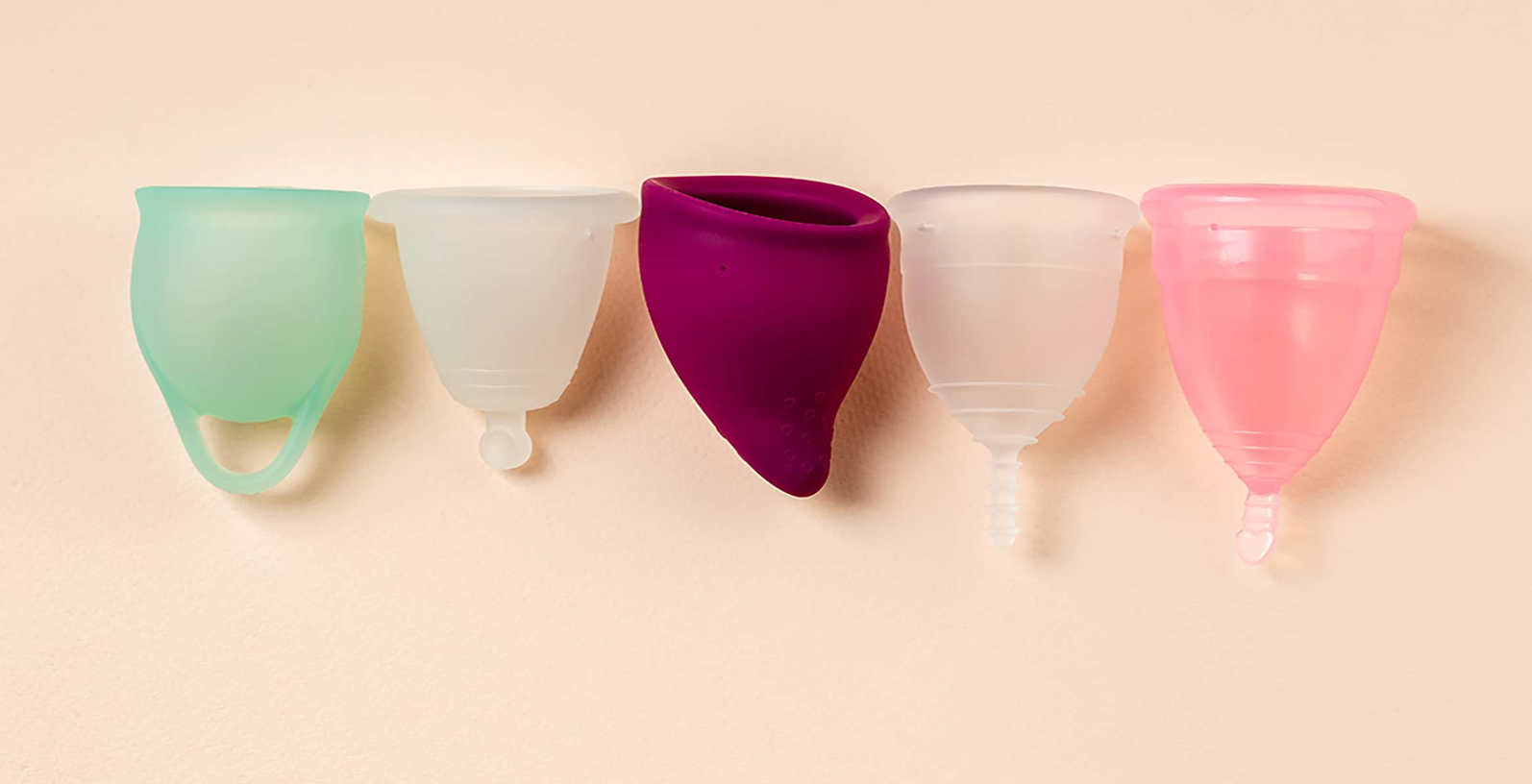In today’s world, sustainability has become more than just a trend; it’s a way of life. From reducing our carbon footprint to conserving precious resources, individuals and societies worldwide strive to make eco-friendly daily choices. One area where these choices can have a profound impact is on menstrual hygiene practices.
For a good reason: feminine hygiene product such as moxie menstrual cup is increasingly gaining popularity as a sustainable alternative to disposable pads and tampons. This extensive exploration will explore why embracing menstrual cups can lead us toward a more sustainable and environmentally friendly future.
The Environmental Quandary of Disposable Menstrual Products
To truly appreciate the value of menstrual cups as a sustainable solution, it’s crucial to understand the environmental problems associated with disposable menstrual products. The average woman uses approximately 11,000 tampons or pads in her lifetime.
These products are predominantly constructed from non-biodegradable materials, primarily plastics and bleached cotton. When disposed of, they end up in landfills and take hundreds of years to break down completely. Furthermore, producing these disposable products involves vast amounts of water and energy, contributing significantly to carbon emissions and environmental degradation.
Menstrual Cups: A Sustainable Marvel
Now, let’s explore why menstrual cups are seen as the eco-friendly superheroes of menstrual hygiene products:
- Reducing Waste: The primary advantage of menstrual cups is their reusability. Unlike disposable pads and tampons, which end up in landfills after a single use, menstrual cups can last several years. This single cup can replace thousands of disposable products over its lifespan, substantially reducing waste.
- Minimal Environmental Footprint: The production of menstrual cups typically has a lower environmental footprint than disposable products. They are made from reusable materials such as medical-grade silicone, latex, or rubber. The use of these materials reduces the consumption of resources and lowers carbon emissions.
- Cost-Effective: Menstrual cups may have a higher initial cost than disposable products, but they pay for themselves over time. Users can save a significant amount of money by not having to purchase disposable products every month.
- Health Benefits: Menstrual cups are generally made from hypoallergenic materials, reducing the risk of irritation and allergies commonly associated with disposable products. They also do not contain harmful chemicals or fragrances, promoting overall vaginal health.
- Leakage Protection: Many users find menstrual cups provide better leakage protection than tampons and pads. This contributes to a more comfortable and confident period experience and minimizes the need for additional disposable backup products.
- Extended Wear Time: Menstrual cups can be worn for 12 hours, depending on your flow. This means fewer trips to the restroom, making them a practical choice for those with busy lifestyles.
- Empowerment and Education: Embracing menstrual cups can empower individuals to take control of their menstrual health while reducing their environmental impact. This empowerment often leads to increased awareness about menstrual health and sustainability.
Overcoming Challenges
Using menstrual cups presents many advantages, yet they pose a learning curve. Initially, some individuals might encounter difficulties when inserting or removing the cup. Nevertheless, with persistence and patience, most users become adept at using them effortlessly. It’s crucial to stress that proper education on insertion and maintenance techniques plays a pivotal role in ensuring a comfortable and leak-free experience.
Learning and Adapting
For those new to menstrual cups, the initial challenges can be discouraging. The key is not to give up but to embrace the learning process. With time, users become more confident in their ability to use the cup effectively. Comprehensive guidance on correctly inserting and maintaining the cup is vital for a smooth transition. Users can find helpful resources and support from online communities and healthcare professionals, making switching to menstrual cups a more comfortable and empowering experience.
Inclusivity and Access
It’s worth noting that not all individuals have equal access to menstrual cups or the necessary education about their use. Efforts are being made to address this issue by providing affordable options and education in underserved communities, ensuring that all can enjoy the sustainability benefits of menstrual cups.
Conclusion
Embracing menstrual cups isn’t merely about personal comfort and convenience; it’s a conscious choice for a sustainable future. By reducing the environmental impact of menstrual hygiene practices, we can contribute to a healthier planet for future generations. So, if you haven’t already, consider switching to menstrual cups. It’s a small change that can make a significant difference in the quest for a more sustainable and environmentally friendly future. Together, we can work towards a world where menstruation is not only a natural part of life but also an eco-friendly one.

